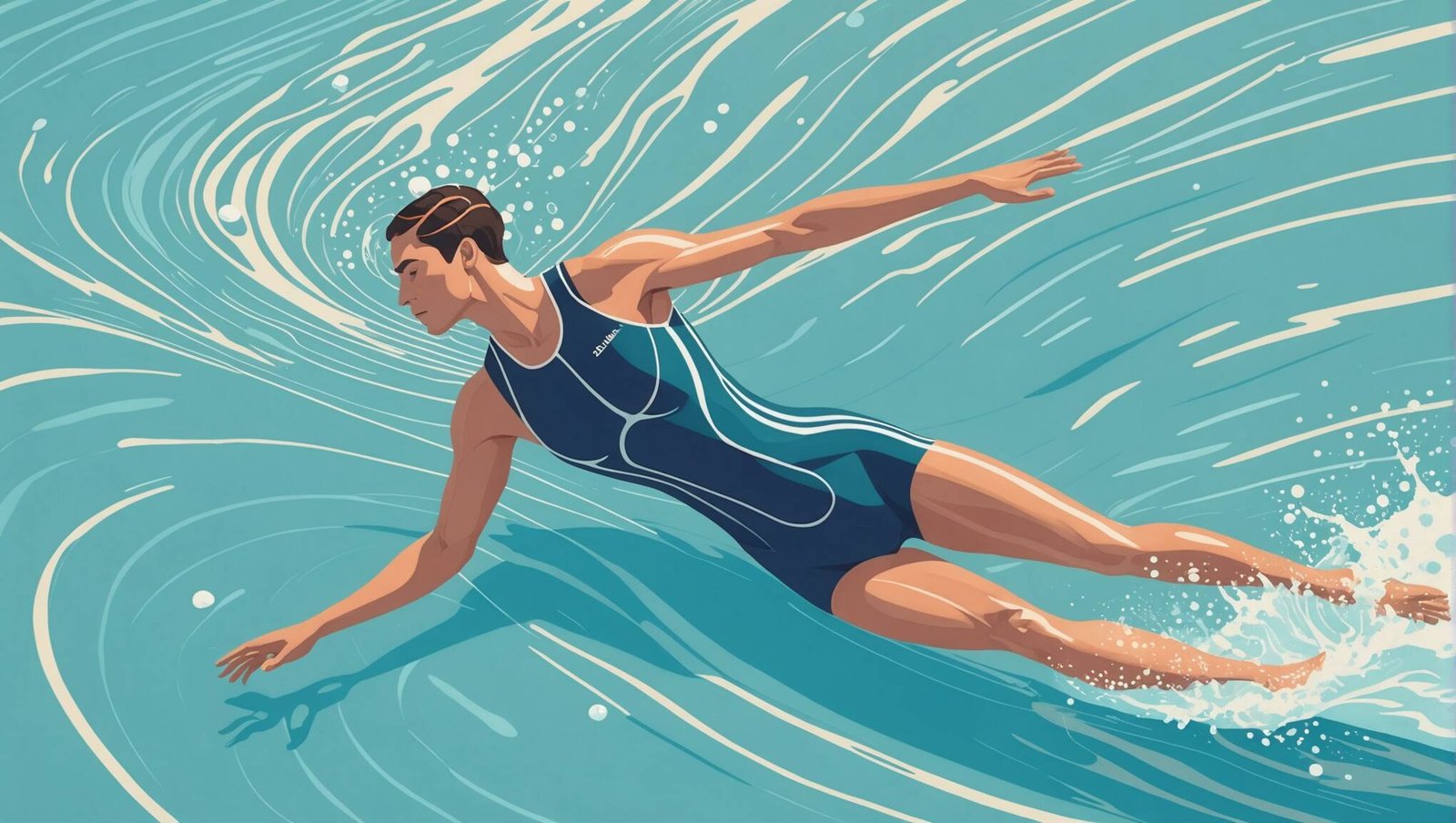ASA Swim Times: Achieve Your Personal Best [2024 Guide]
Diving into the world of competitive swimming can be both exhilarating and daunting. Whether you’re a seasoned athlete or just starting out, understanding ASA best times is crucial for tracking your progress and setting ambitious yet achievable goals. This comprehensive guide will equip you with the knowledge and strategies needed to slash seconds off your swim times and make waves in the pool.
Understanding ASA Best Times
The Amateur Swimming Association (ASA), now known as Swim England, sets the standard for competitive swimming in the UK. ASA best times serve as benchmarks for swimmers across various age groups and events. These times are not just numbers; they represent the pinnacle of achievement in each category and provide a clear target for aspiring swimmers to aim for.
Why ASA Times Matter
ASA best times are more than just bragging rights. They’re essential for:
- Qualifying for competitions
- Tracking personal improvement
- Setting realistic goals
- Comparing performance across different pools and conditions
Strategies to Improve Your Swim Times
Achieving your personal best requires a multifaceted approach. Let’s dive into the key areas you need to focus on to shave precious seconds off your times.
Perfect Your Technique
Technique is the foundation of speed in the water. Focus on:
- Streamlining your body position
- Perfecting your stroke mechanics
- Improving your turns and underwater phases
Remember, efficiency trumps power. A smooth, well-executed stroke will propel you further with less energy expenditure.
Build Your Endurance
Endurance is crucial, even for sprint events. Incorporate these training methods:
- Long-distance swims to build aerobic capacity
- Interval training to improve lactate threshold
- Dryland exercises to enhance overall fitness
Master Your Race Strategy
A well-planned race can make all the difference. Consider:
- Pacing: Know when to conserve and when to push
- Breathing patterns: Optimise oxygen intake without sacrificing speed
- Mental preparation: Visualise success and stay focused
Nutrition for Peak Performance
Fuelling your body correctly is essential for achieving top swim times. A balanced diet rich in complex carbohydrates, lean proteins, and healthy fats will provide the energy needed for intense training and competition. Don’t forget to stay hydrated, as even mild dehydration can significantly impact performance.
Pre-Race Nutrition Tips
- Eat a carb-rich meal 2-3 hours before your race
- Stay hydrated, but avoid overdrinking
- Consider a small, easily digestible snack 30 minutes before your event
The Power of Recovery
Recovery is where the magic happens. Your body adapts and grows stronger during rest periods, not during training. Implement these recovery strategies:
- Get adequate sleep (8-9 hours per night for athletes)
- Use active recovery techniques like gentle swimming or yoga
- Consider sports massage or other recovery methods to prevent injuries and enhance performance
Mental Preparation for Success
The mind-body connection is powerful in swimming. Develop a strong mental game by:
- Practising mindfulness and visualization techniques
- Setting SMART goals (Specific, Measurable, Achievable, Relevant, Time-bound)
- Working with a sports psychologist if needed
Tracking Your Progress
Regularly monitoring your times is crucial for improvement. Keep a detailed log of your training sessions and race performances. This will help you identify trends, strengths, and areas for improvement.
Using Technology to Your Advantage
Modern technology offers numerous tools to help swimmers analyse and improve their performance:
- Underwater cameras for stroke analysis
- Wearable devices to track metrics like stroke count and efficiency
- Apps designed for swimmers to log workouts and compare times
The Importance of Proper Equipment
While technique and training are paramount, the right equipment can give you that extra edge. Invest in:
- A well-fitted technical swimsuit for competitions
- Quality goggles that don’t fog or leak
- A properly sized swim cap to reduce drag
Competing at Your Best
When it’s time to put your training to the test, remember these tips:
- Arrive early to familiarise yourself with the pool and warm up properly
- Stay focused on your own race, not your competitors
- Trust in your training and execute your race plan
Beyond the Pool: Cross-Training for Swimmers
Incorporating cross-training into your routine can significantly boost your swimming performance. Consider activities like:
- Pilates or yoga for core strength and flexibility
- Weight training for overall muscular endurance
- Cardiovascular exercises like running or cycling to improve aerobic capacity
The Road to Success: Patience and Persistence
Improving your swim times is a journey that requires dedication and perseverance. Remember that progress isn’t always linear – there will be plateaus and setbacks along the way. Stay committed to your training, trust the process, and celebrate every milestone, no matter how small.
Conclusion: Making Waves in Your Swimming Career
Achieving ASA best times is an ambitious goal that requires a holistic approach to training, nutrition, and mental preparation. By focusing on technique, building endurance, and implementing smart recovery strategies, you’ll be well on your way to setting new personal bests. Remember, every champion started somewhere – with dedication and the right approach, you too can make a splash in the competitive swimming world.
FAQ
How often should I be timing myself during training?
While regular timing is important, it’s not necessary to time every swim. Aim to time yourself once or twice a week, focusing on specific sets or distances that align with your competitive goals. This allows you to track progress without becoming overly fixated on numbers during every training session.
Can I improve my ASA times without access to a 50m pool?
Absolutely! While training in a 50m pool can be beneficial, many successful swimmers train primarily in 25m pools. Focus on perfecting your technique, building endurance, and practising efficient turns. When competing in a 50m pool, adjust your race strategy to account for the reduced number of turns.
What should I do if I hit a plateau in my swim times?
Plateaus are a normal part of any athlete’s journey. If you find your times stagnating, consider mixing up your training routine, seeking feedback from a coach, or analysing your technique with video analysis. Sometimes, a short break or focus on a different stroke can help you return to your event with renewed energy and perspective.


